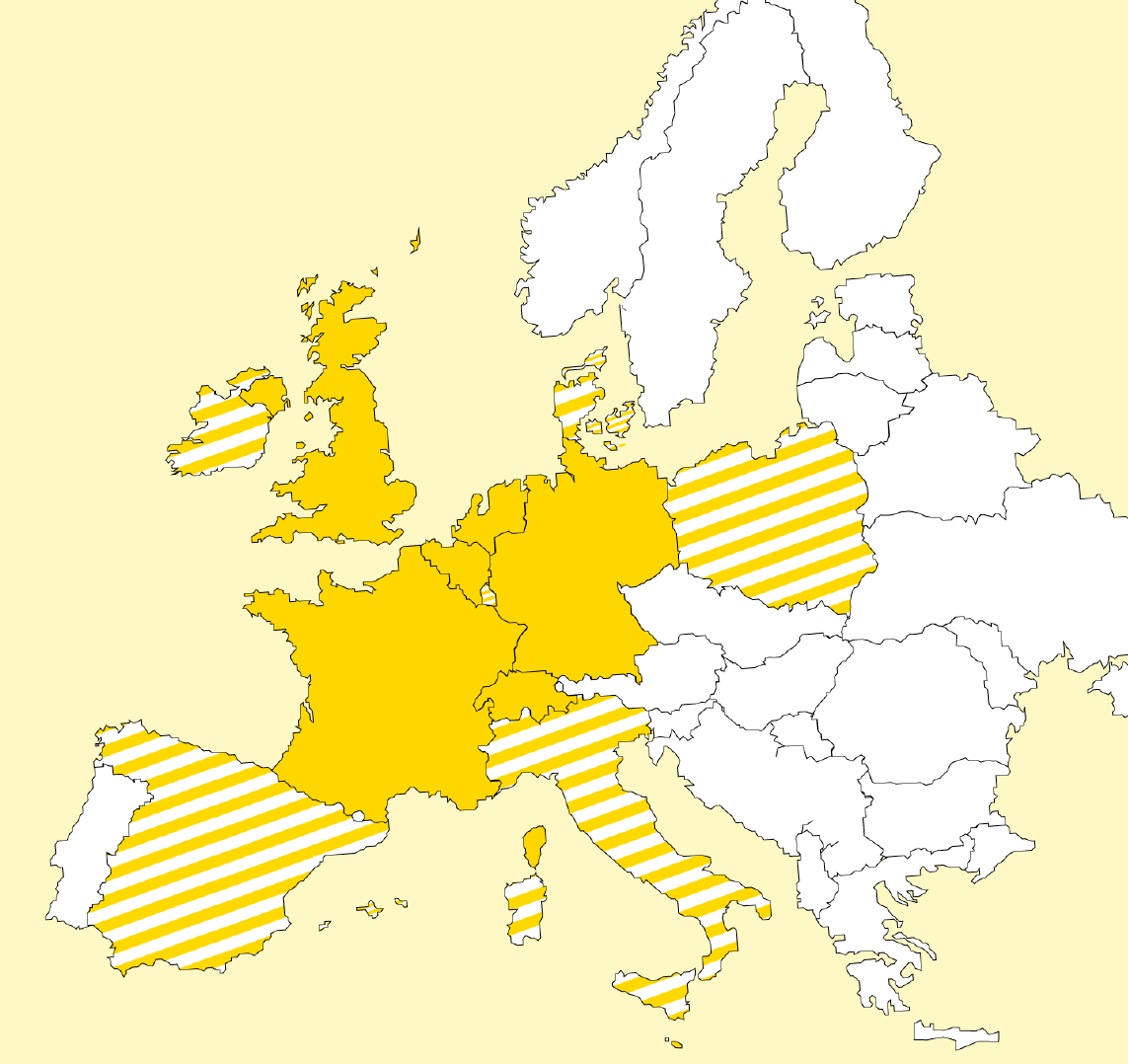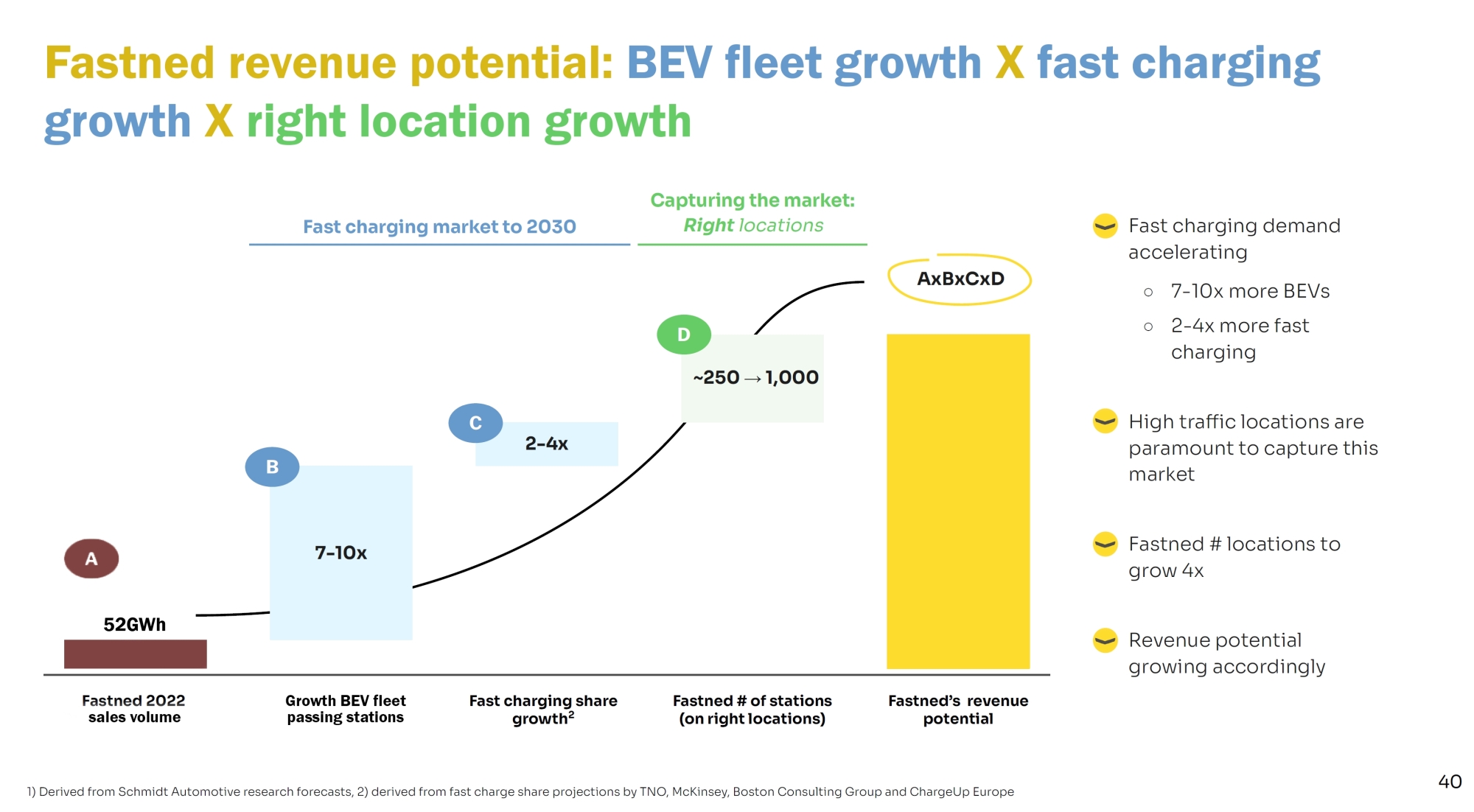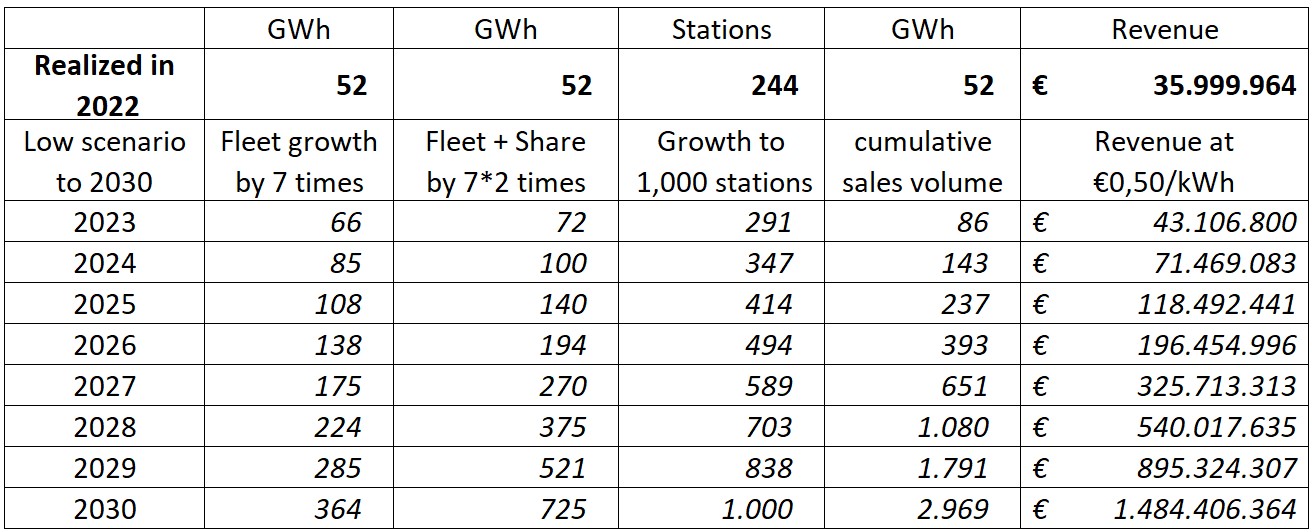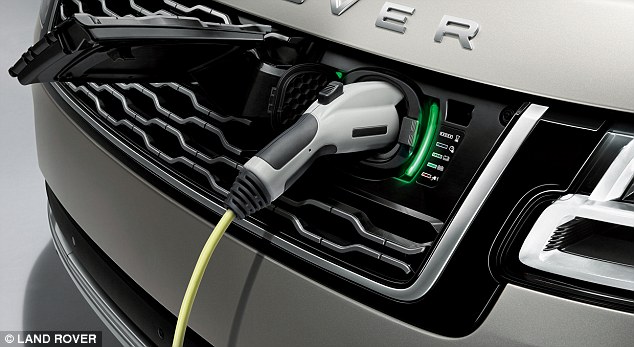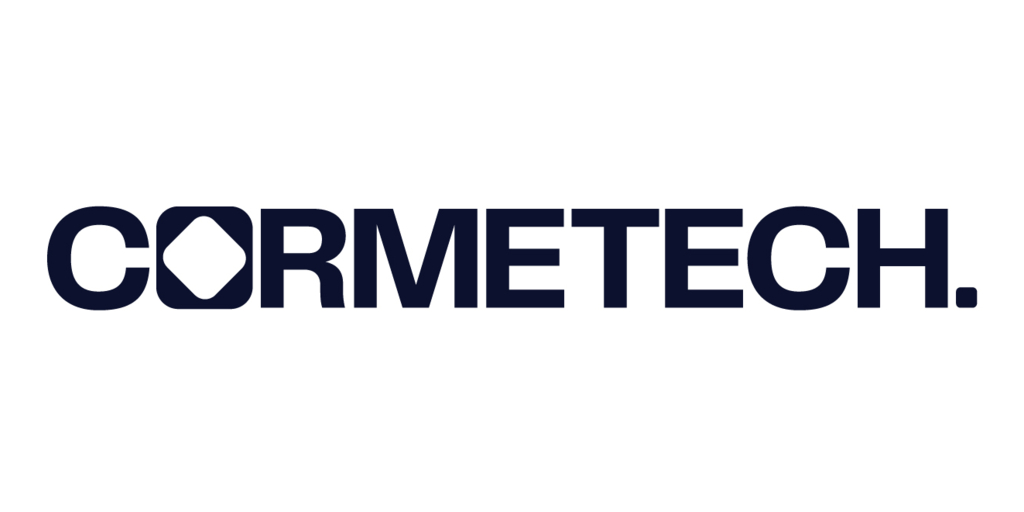Sign up for daily news updates from CleanTechnica on email. Or follow us on Google News!
Positive Cash Flow for Fastned
In the recent H1-2023 financial report from Fastned, there was one news item I had been waiting for. I knew it was coming, it was unavoidable, and it would be a huge line to cross. That item was positive cash flow that enables Fastned to start self-financing the capex on its new stations. It was only in the second quarter and it was not huge, but the moment that more money enters a company than leaves a company to keep it running is a huge milestone. The critics can no longer complain about burning cash.
That this milestone was reached in the second quarter makes it extra significant. The second quarter is normally the worst quarter of the year. The next three quarters will be a lot stronger, and are likely to produce even better positive cash flows.
Compared to the first quarter, the efficiency of many battery-electric vehicles improved by 20% to 30% due to warmer weather. There was also often less driving due to holidays and spring break, resulting in a lot less charging for each car. This is compensated by more cars on the road in the second quarter.
About 200,000 new battery-electric vehicles (BEVs) entered the roads in the main markets of Fastned — the Netherlands, Germany, and Belgium. Supported by 12 new stations opened in Q2, the sales volume in MWh dropped only 2% per station. Due to lower kWh prices, revenue per station was hit by 9%, but gross margin increased to 79% compared to 71% in Q1.
H1-2023 Report
Over to the lesser news of the 2023 half-year report. Compared to the first half of 2022, when the Covid-19 disruption was replaced by the Ukraine war disruption, the achievements of Fastned were excellent.
Due to the economic disruption caused by the Russian invasion of Ukraine, the numbers in euros are less good than they would have been with stable energy prices and normal inflation.
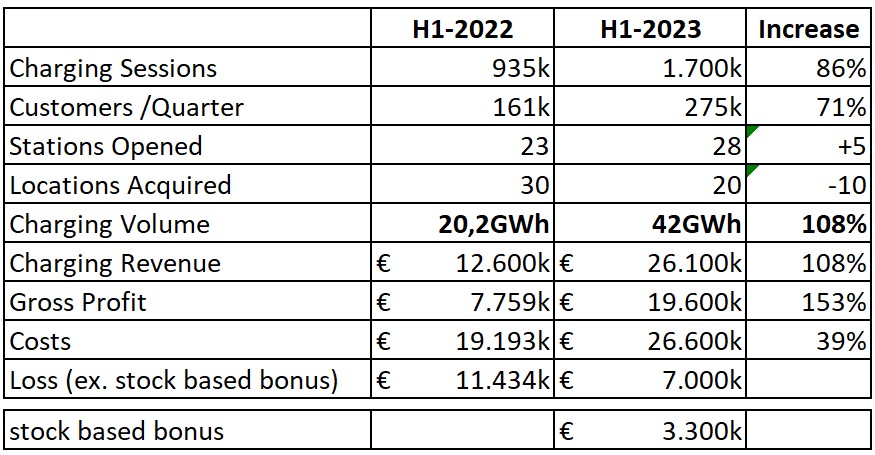
Fastned H1-2023 vs H1-2022 results
The most important measure here is the increase in GWh sold. That is the aspect least influenced by all the external factors. It more than doubled year on year. Another number to look at is costs — it increased a lot slower than gross margin. This is the trend at Fastned over the years (I only have the numbers since 2015) and indicates that the route to profitability is clear.
Personally, I do not care in what year this company becomes profitable. I care most about the number of stations opened — very selfish, I know. Full disclosure: I have invested in Fastned and I expect a very healthy return in the long term, but I also support future growth and strength over quarterly results. Also, clear and timely reporting supporting a stable and realistic stock price is important for both company and shareholders.
When recently discussing this with Fastned, and acknowledging that it is improving with every report, they pointed to the choice a small company has to make. It is between hiring an extra accountant or an extra expert for location searches and acquisitions. The latter is more important, and it’s worth remembering that we live in an imperfect world.
Growth, Growth, Growth
What else besides financial health is there to report? Fastned keeps growing faster than the market. A few others are growing faster than the market, but Fastned is also one of the most popular, both with the customers and governments. That is even with Fastned’s tendency to go to court when it thinks the regulations are unjust. The charging industry is a new field. It is not just a new version of the tanking petrol station industry. It needs new rules, and it needs just rules to get the best charging infrastructure to facilitate the transition to electric driving.
Deutschland Netz intermezzo
The last legal exploit is one they joined with Tesla. They have asked the German government to tender the Motorway Service Areas (MSA) now managed by Tank & Rast for charging locations. They dispute that Tank & Rast received the concession implicitly a few decades ago when the concessions for tanking and food and lodging were awarded to Tank & Rast. These are potentially the most valuable and profitable locations in Germany. They should be tendered a bit differently from the Motorway Rest Area (MRA) locations currently being tendered for the Deutschlandnetz.
Besides the 200 MRA now being tendered, there are another 500 MRA that are not in current plans. Together with the over 400 Tank & Rast MSA and the 200 in the current tender, there could be a tender for 1,100 fast charging locations along the German Autobahn network. It would solve nearly all charging challenges that drivers currently encounter in Germany.
The Tank & Rast case is now awaiting the opinion of the European Court. This court is not very fast in coming to an opinion. A year might be considered the minimum time frame.
The Deutschlandnetz is a 2019 initiative of the German government to speed up the opening of fast charging stations. The expectation is that the first contracts can be signed later this year. With an average of over a year to get through all the red tape, the opening of Deutschlandnetz stations will not be soon. Meanwhile, the tender procedures and the conflicts around it did freeze the development of the German fast charging market for more than two years. It will get a place in the literature for how not to intervene in the market.
Back to Growth
In my review of the 2022 annual report “Fastned, Grow As Fast As You Can — Avoid Making Profits As Long As You Can,” my focus was on the next 2–3 years, growing from a tiny operational cash flow to robust profits. Now it is no longer my spreadsheet that suggests a tiny positive cash flow for the part of the company that develops and manages charging stations. Now it is the company’s accounting department that sees tiny positive cash flow on the consolidated reports in Q2. That is a huge difference. Now organic growth, financed by the company’s revenue, can begin.
Now that Fastned has advanced from a cash-burning startup to a money-making “real company,” we can look at the future without all the usual suspects starting to laugh.
Besides the short-term (long-term for investors) 2–3 year outlook, Fastned also has a long-term outlook for 2030. The goal is 1,000 stations by 2030, and the market can use a lot more. The next phase is expanding the number of countries Fastned is active in. The first targets are shown on the map below.
Fastned did win its first three concessions in Denmark. For the first station in northern Italy, the contract is signed with with company that owns the road. Fastned did business with this company in France. That company also owns some highways in Spain. This might help getting locations in Spain. Luxembourg, Poland, and Ireland — the next targets, based on the expansion map.
Austria (4x Spain) and Portugal (3x Spain) have higher BEV penetration than Spain, Italy, or Poland. Thus, we are expecting entry into those countries to follow soon. Austria’s neighbors to the north and to the south, Czechia (Czech Republic) and Slovenia, both have BEV market share over twice that of Spain. They should be high on the list to enter next. Romania is a lone beacon of progress in Eastern Europe. It has a BEV market share equal to Belgium. Connecting it to the rest of electrified Europe looks like a worthy effort.
The growth expectations for 2030 are based on three growth drivers: The increase in number of stations with more chargers. The increase of number of fully electric cars passing each station. The change in charging behavior, as it is expected that drivers will more often use fast charging for their daily charging.
Fastned made an infographic that I had a bit edited by Erasmus Vinkhuyzen to make it more understandable.
In 2022, Fastned sold 52 GWh of electricity to its customers from 244 stations. This resulted in revenue of €36 m.
Fastned uses a range of increase for fleet growth (7–10) and the share of fast charging versus slower options (2–4). When extrapolating these trends to 2030, I have created the lower boundary.
This table is on a curve with constant growth. That is not very realistic, just easy in a spreadsheet. The first years, a little faster growth is possible, with a lower percentage of growth at the end of the decade.
The BEV fleet in most European countries is expected to be between 20% and 30% in 2030. That makes a 7-fold increase in the next decade mathematically impossible.
The change in behavior is even harder to predict. Faster charging batteries make use of DC fast charging easier. The proliferation of V2G smart charging is best served by cars being connected to the grid whenever they are not driving. It can take a decade before the grid is ready for V2G smart charging. That damned future makes predictions so very hard. Scientists just say, “All else staying equal.” That makes predicting a lot easier (and very unrealistic).
The growth in stations is completely dependent on Fastned and its ability to acquire new locations. Competition for the best locations is increasing, and while Fastned is still considered the best or among the best, other charge port operating companies are improving their game.
Predicting electricity prices is tricky, especially when the future can alter all reality whimsically. The COVID and Russian war events were not expected by most. They created large distortions of the economy and markets. I hope €0.50 per kWh is a safe bet. That will result in revenue of €1.5 billion in 2030 for Fastned.
The logical question when looking at all those planned stations is, “When do those new stations start contributing to EBITDA (hold up their own pants) and the bottom line?” A very legitimate question.
Recently, a new station along a popular holiday route to the south saw waiting lines the first weekend it was open. But that was a big exception. Normally, a new station becomes EBITDA-positive within four months.
Profit predictions are a very big NO-NO.
Full disclosure: I have shares in this company. I only invest with money I can afford to lose. With possible high gains, there are possible high risks. This article is not investment advice.
Have a tip for CleanTechnica? Want to advertise? Want to suggest a guest for our CleanTech Talk podcast? Contact us here.
EV Obsession Daily!
I don’t like paywalls. You don’t like paywalls. Who likes paywalls? Here at CleanTechnica, we implemented a limited paywall for a while, but it always felt wrong — and it was always tough to decide what we should put behind there. In theory, your most exclusive and best content goes behind a paywall. But then fewer people read it!! So, we’ve decided to completely nix paywalls here at CleanTechnica. But…
Thank you!
Tesla Sales in 2023, 2024, and 2030
CleanTechnica uses affiliate links. See our policy here.

